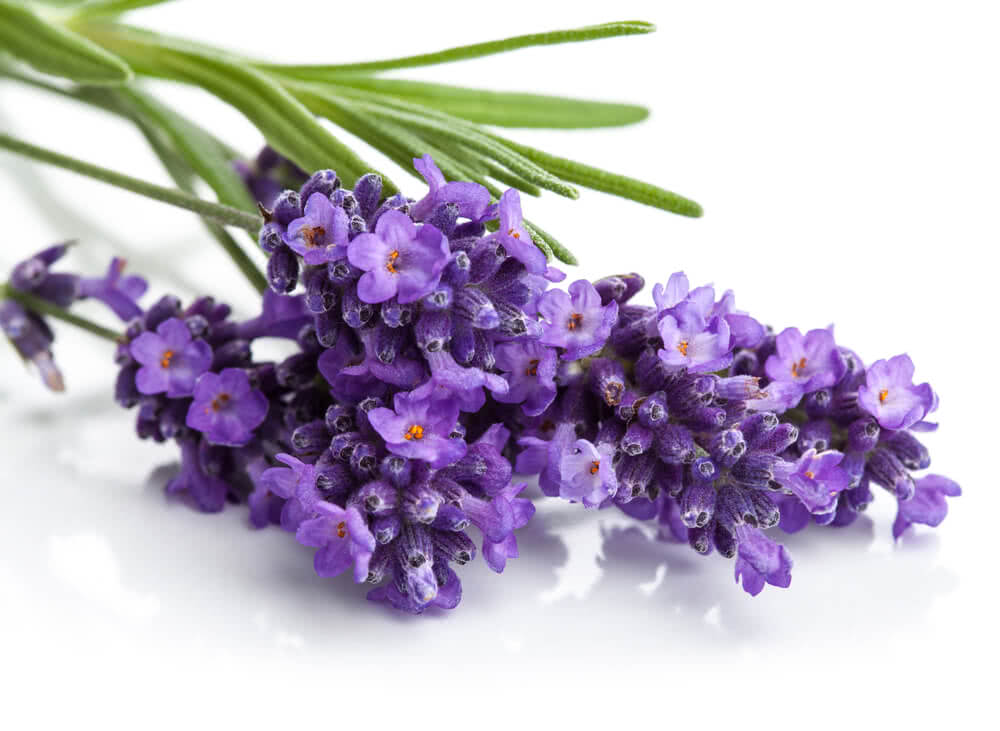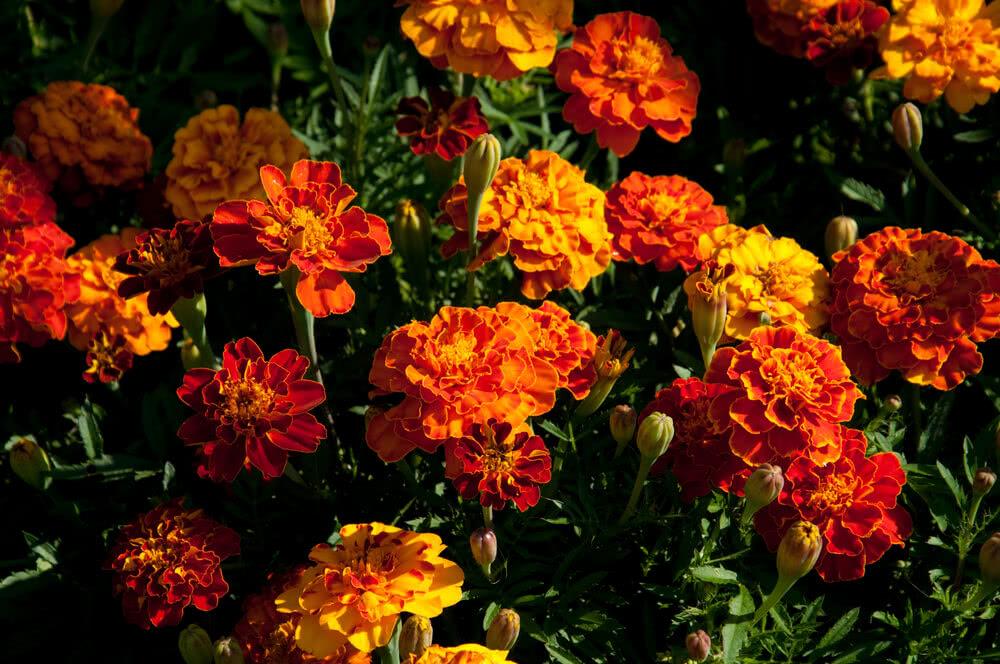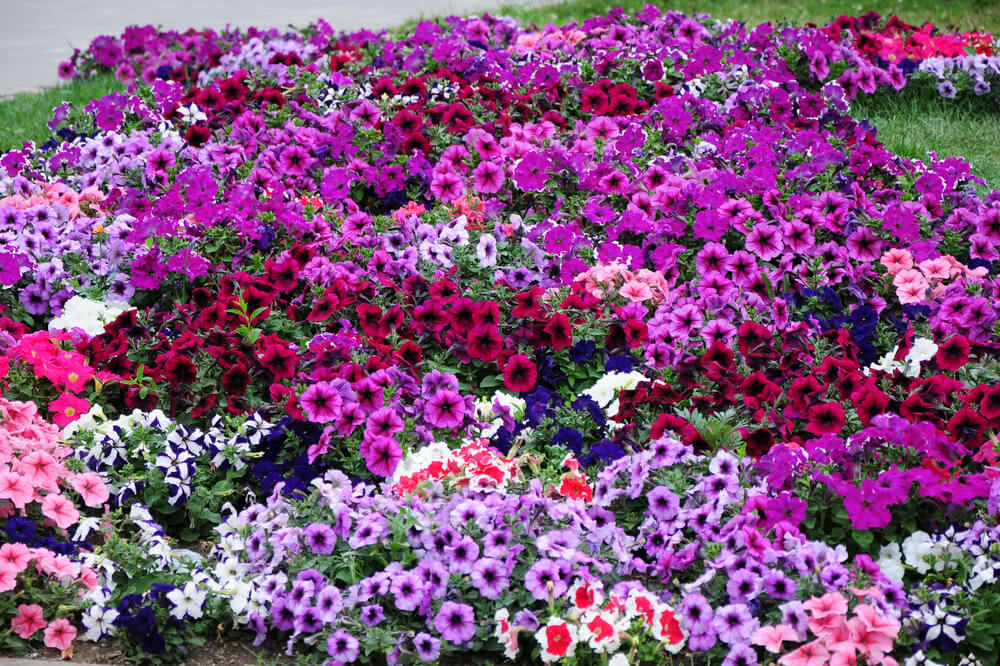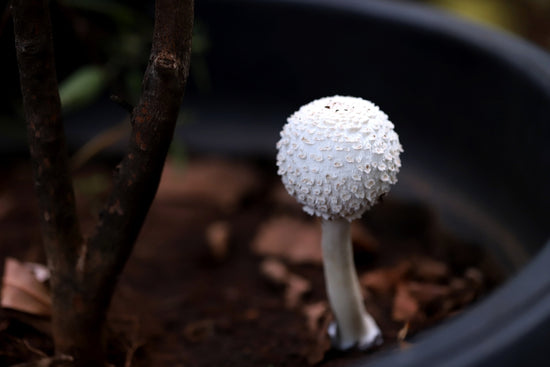
Technically, annuals are plants that live only a single growing season. During this season, they flower set seed and eventually die. The typical examples for these are Marigolds, Zinnias, and Calendulas. Perennials are plants that do not wither away after setting seeds. Instead, they grow year after year unless they are killed. While others go dormant, but their roots stay alive and new plants come up in the next season. Lilies, Daylilies, Peonies, Hostas, and Ferns fall under the category of Perennials.

The distinguish between the two is not crystal clear as many plants that are used as annuals to add color to the garden for a particular season, but these plants are perennials if they could be protected during winter. The plants that fall under this category are Coleus, Impatiens, Begonias, and Geraniums.

Annuals utilize their entire energy into creating seeds to preserve the species. It is due to this effort that they produce an abundance of flowers, during the entire season. Perennials provide flowers for a short period and store energy in roots and other parts of the plants to stimulate growth in the next season.

Annuals give quick results by creating a lovely display in a shorter duration of time while perennials flower well in the first season but may take up to three years to attain the maturity stage. Once established, they grow effortlessly every year.

If you wish to start a garden, the ideal way is to start it by growing annuals interspersed with perennials, and later adding more perennials.

Choosing between Annuals and Perennials:
Annuals and Perennials look lovely in a garden. Their flowers make them a must have. They range from tiny little blooms of baby’s breath to large hibiscus flowers.

Apart from a charming array of flowers, there are other qualities that should be considered too while selecting Annuals and Perennials for your garden. Despite the flowers the other dominant factor in any garden is the green foliage. Many annuals and perennials offer great looking foliage. For perennials that flower for a very short time, the foliage is a crucial consideration. Select bright foliage as a backdrop for flowers or as a focal point. The foliage plants that offer complementary or contrasting colors, textures and forms look outstanding in a garden.

In tandem with the type of flowers, form, and foliage, it is the growing conditions that should be considered while selecting Annuals or Perennials. Some of both the varieties thrive in full sun, while other grow in shade, partial sun or shade. Some plants fare well in heat, humidity, dry climate, drought when compared to the others. As perennials thrive more than a year, they should be capable of withstanding the extreme weather conditions.
Plants that are adaptable to your local area should be preferred as they are more likely to succeed and require minimal care.

Our favorite Annuals and Perennials:
Annuals:
- Dwarf Marigold, Alyssum, and Candytuft are the Annuals used for edging.
- Petunia, Verbena, and Alyssum are used in a hanging basket.
- Climbing annuals like Tall Nasturtium and Cobaea scandens are used to hide the trellis.
- Aster, Phlox, Salvia, Zinnia, and Verbena are used in garden beds.
- Sunflower, Hollyhock, tall growing species of Tithonia, Amaranthus and much more are used for planting in shrubberies.

Perennials:
- Lavender, Astilbe, Salvia, Artemisia, Chrysanthemum, Iris, Poppy, Japanese Anemone and Daylily
- Perennials for canopy Primrose, Bleeding Heart, Foxglove, and Ligularia
- The perennials that can be planted indoors are Ferns, Amsonia, Pulmonaria, Brunnera and Hosta
- Lavender, Amsonia, Bluestar, and Yarrow are the dry soil perennials
- Meadow Sage, Alstroemeria, Columbine, Geranium, Aster, and Peony can be planted in average soil
- Cardinal Flower, Brunnera, Iris, Astilbe, Pulmonaria, and Foxglove are the plants that can be planted in moist soil













